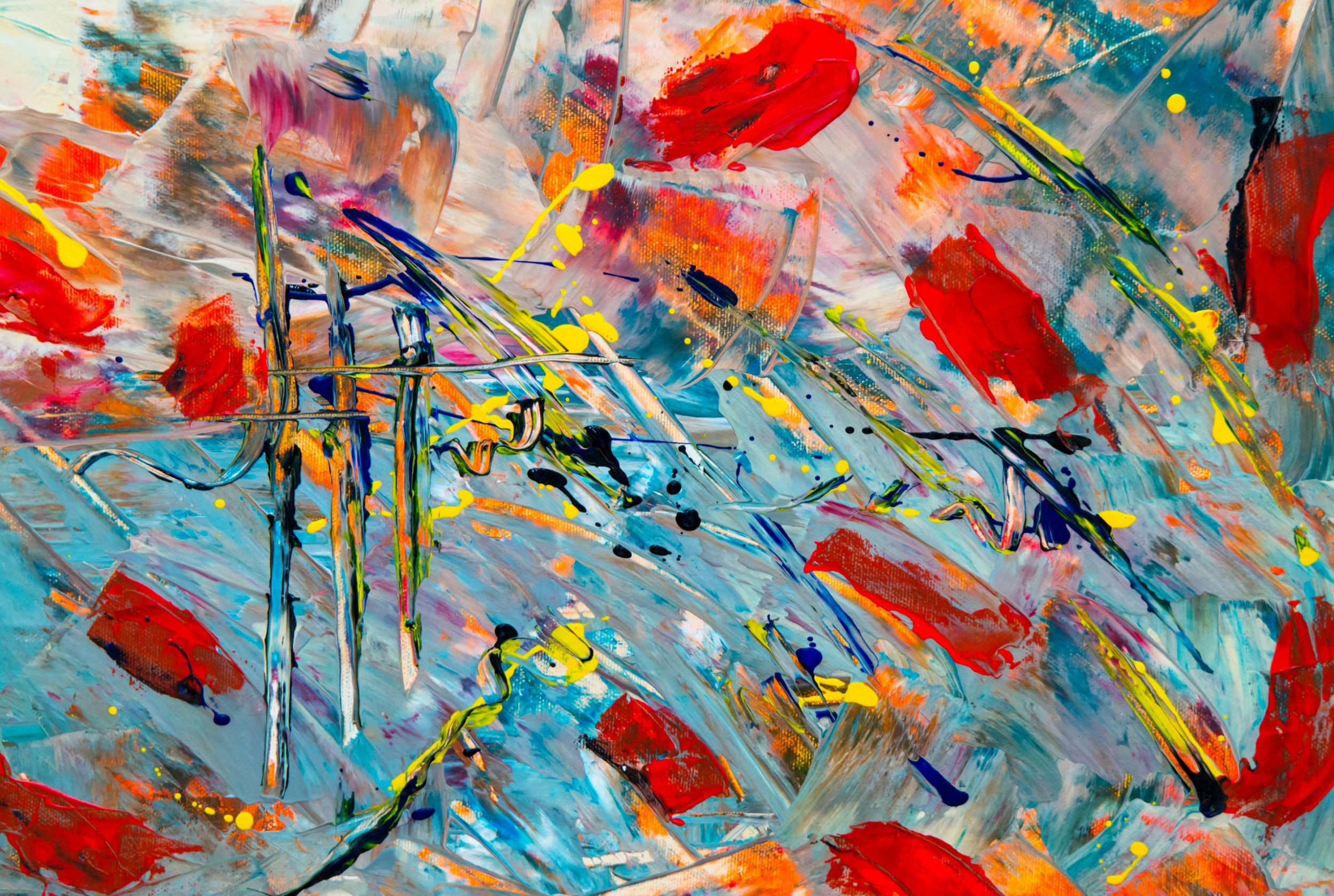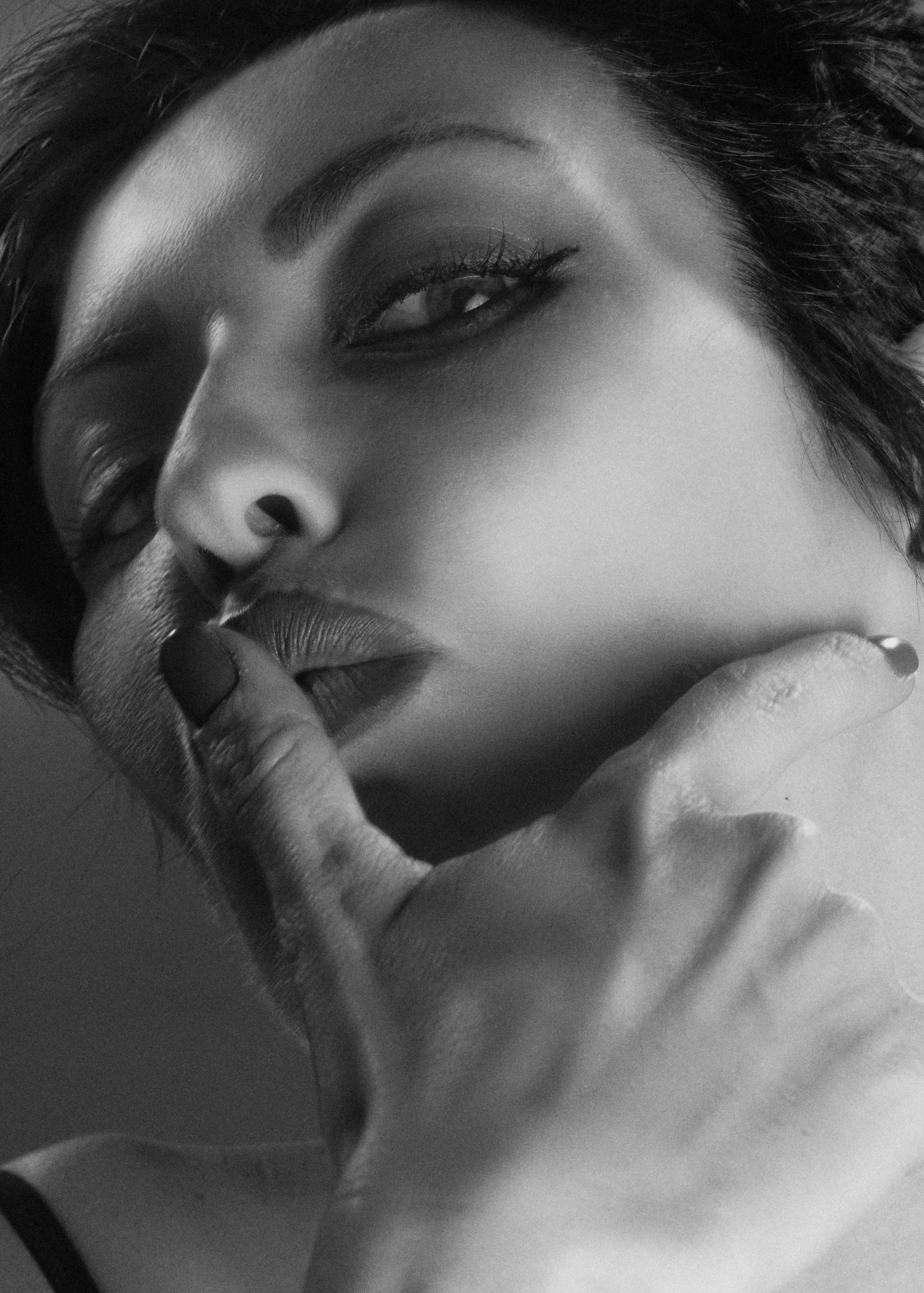Pop art is a popular art movement that emerged in the 1950s and flourished in the 1960s in the United States and United Kingdom. It is characterized by its use of bold colors, popular imagery, and techniques from mass media and advertising. Pop art is often seen as a reaction against the traditional art world, embracing the culture of consumerism and mass production.
The Origins of Pop Art
The term “pop art” was first coined by British artist Richard Hamilton in 1957, but the movement is often associated with artists like Andy Warhol, Roy Lichtenstein, and Claes Oldenburg. These artists sought to challenge the conventions of traditional art by incorporating everyday objects and images into their work.
Impact on Modern Culture
Pop art has had a significant impact on modern culture, influencing not only the art world but also music, fashion, and design. Its bold, vibrant imagery has become synonymous with the modern era, and its influence can be seen in everything from advertising campaigns to street art.
Advertising and Branding
Pop art’s use of popular imagery and bold colors has had a lasting impact on the world of advertising and branding. Many companies have incorporated pop art-inspired designs into their marketing campaigns, using its eye-catching visuals to attract customers and create brand recognition. The influence of pop art can be seen in everything from logos to packaging design.
Music and Fashion
Pop art has also had a significant influence on the world of music and fashion. Musicians like The Beatles and David Bowie drew inspiration from pop art in their album covers and stage attire, while fashion designers like Yves Saint Laurent and Versace incorporated its bold colors and graphic patterns into their collections. Pop art’s playful, irreverent spirit continues to influence the worlds of music and fashion today.
Street Art and Graffiti
One of the most visible manifestations of pop art’s influence on modern culture is in street art and graffiti. Artists like Banksy and Shepard Fairey have incorporated pop art techniques into their work, creating bold, larger-than-life images that challenge social norms and political conventions. Pop art’s ethos of making art accessible to the masses has inspired a new generation of street artists to use their work as a form of protest and social commentary.
Conclusion
Pop art continues to be a powerful force in modern culture, influencing everything from advertising to music to street art. Its bold, vibrant imagery and playful spirit have captivated audiences around the world and inspired countless artists and creators. As we move further into the digital age, pop art’s influence shows no signs of waning, continuing to shape and define the world in which we live.
Overall, pop art has left an indelible mark on modern culture, challenging conventions and norms while celebrating the beauty of everyday life. Its influence is undeniable, and its legacy will continue to inspire future generations of artists and creators for years to come.

